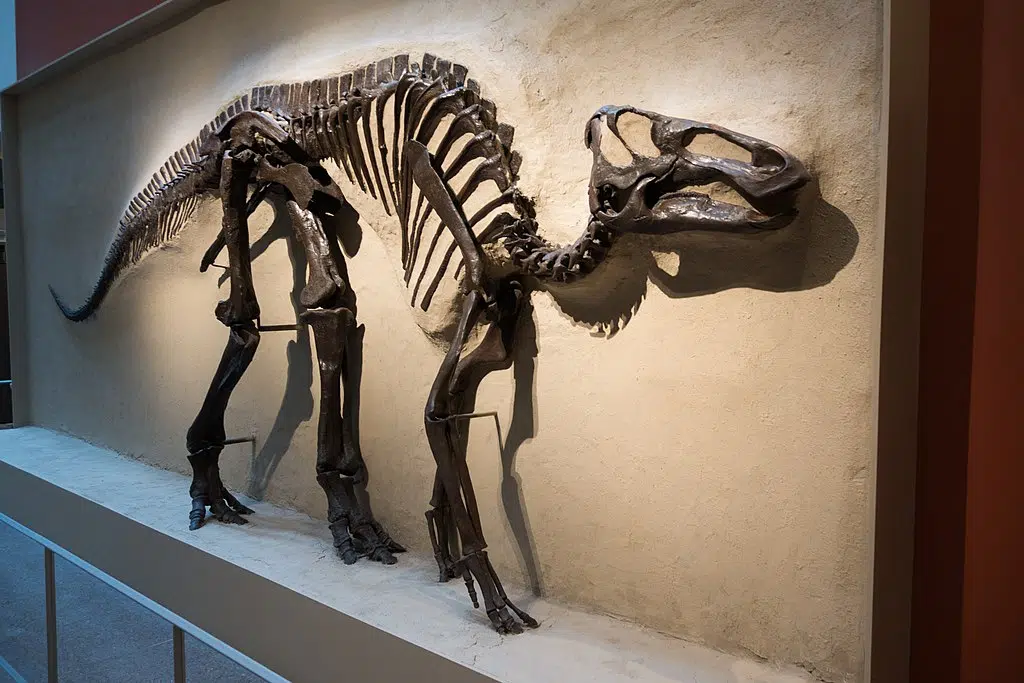
An inhospitable valley in Chilean Patagonia that has emerged over the past decade as a significant fossil deposit has revealed the fossilized bones of four different species of dinosaurs. This includes a megaraptor, according to a study published on January 11th by a team of foreign scientists.
The fossils were discovered in 2021 on Cerro Guido, located in the Las Chinas Valley in southern Chile, close to the border with Argentina. They were then brought to a laboratory. According to the researchers, these fossils belong to a group of dinosaurs that have never before been identified in this region.
“It’s always super exciting in scientific terms to find something that has not previously been discovered or described in the Las Chinas Valley, where we have become used to finding new fossil remains,” Marcelo Leppe, director of the Chilean Antarctic Institute [Inach], which was part of the research team, told AFP.
They determined that the fossils, which include teeth and postcranial bone fragments, belong to four different dinosaur species, one of which is the megaraptor. This dinosaur species was a member of the theropod family.
Four #dinosaur species found in #Chilean valley for first time: study #Chile pic.twitter.com/a3h2GljJDD
— Hans Solo (@thandojo) January 13, 2023
Up to 66 to 75 million years old
According to the researchers, these carnivorous dinosaurs lived between sixty-six to seventy-five million years ago around the end of the Cretaceous period. They were at the top of the food chain due to their raptor claws, tiny teeth for shredding, and big upper limbs.
“One of the characteristics that allowed us to identify with great confidence that they belong to megaratorids are, first of all, that the teeth are very curved towards the back,” said Jared Amudeo, a researcher with the University of Chile, in a statement.
According to Amudeo, they also found two specimens of the family Unenlagiinae, which is closely related to the family of velociraptors.
These Unenlagiinae specimens have a “novel evolutionary character,” which “would indicate that this is a new species of unenlagine or perhaps a representative of a different clade group.”
Scientists also found Enantiornithe and Ornithurae fossils
Researchers also identified the fossilized remains of two different types of birds, namely that of an Enantiornithe and an Ornithurae.
The Enantiornithes—also known as enantiornithines and enantiornitheans—are the most diverse and widespread group of Mesozoic avialans, or “birds” in the wide sense, known to date. Nearly all of them had beaks and clawed fingers on each wing but otherwise resembled modern birds.
Ornithurae is a natural group comprised of the common ancestor of Ichthyornis, Hesperornis, and all modern birds, as well as all the descendants of that common ancestor. The name Ornithurae is a Greek word that means “bird tails.”
The findings of the experts were compiled into a research paper that was published in the prestigious Journal of South American Earth Sciences in December.
See all the latest news from Greece and the world at Greekreporter.com. Contact our newsroom to report an update or send your story, photos and videos. Follow GR on Google News and subscribe here to our daily email!



